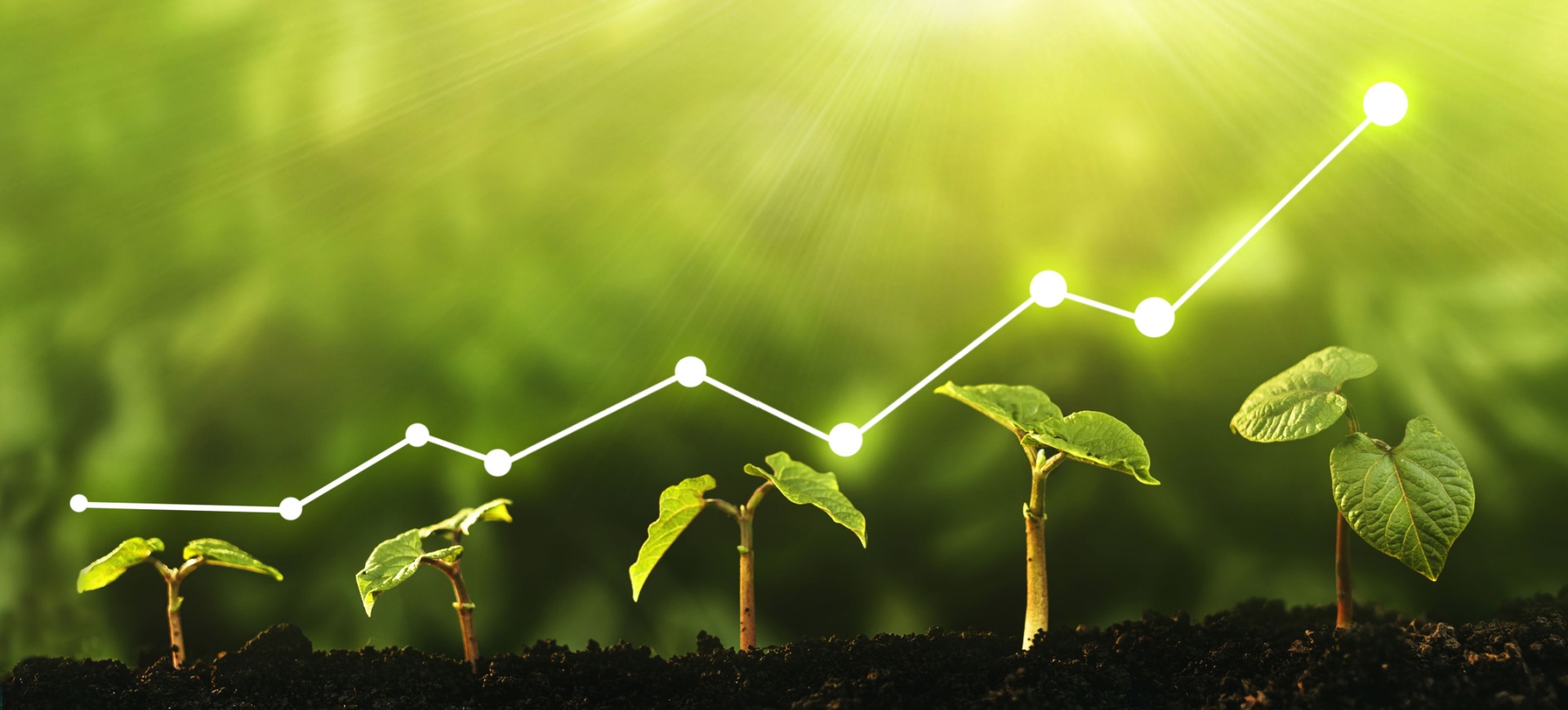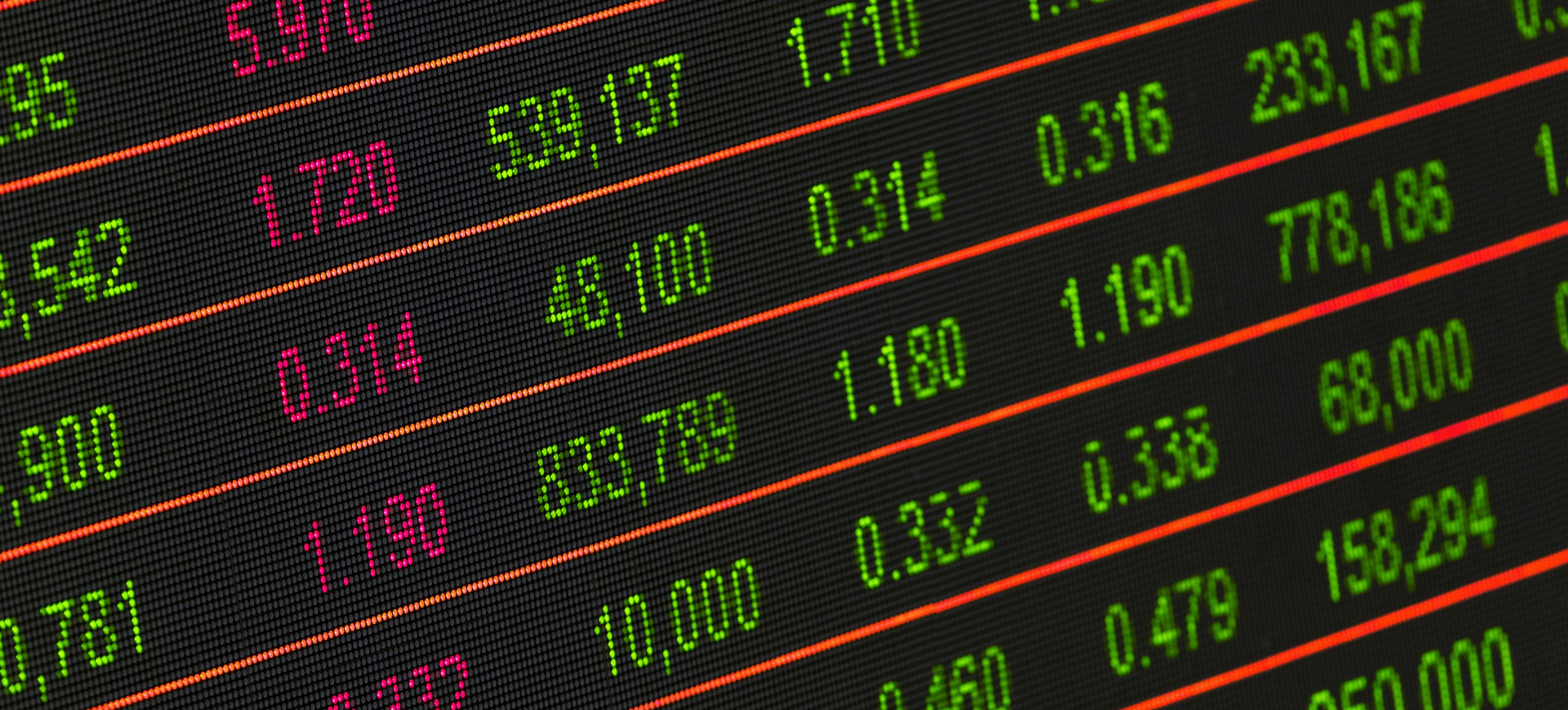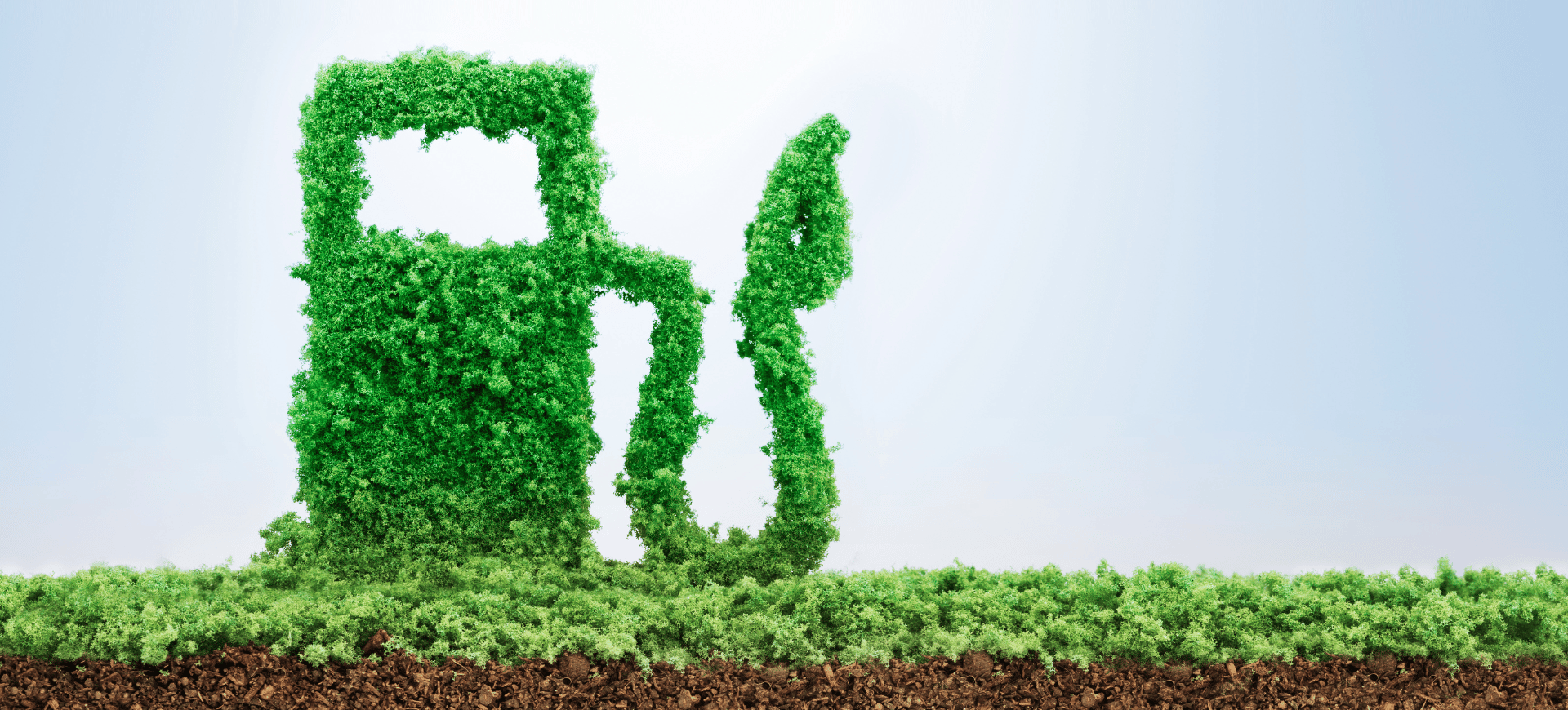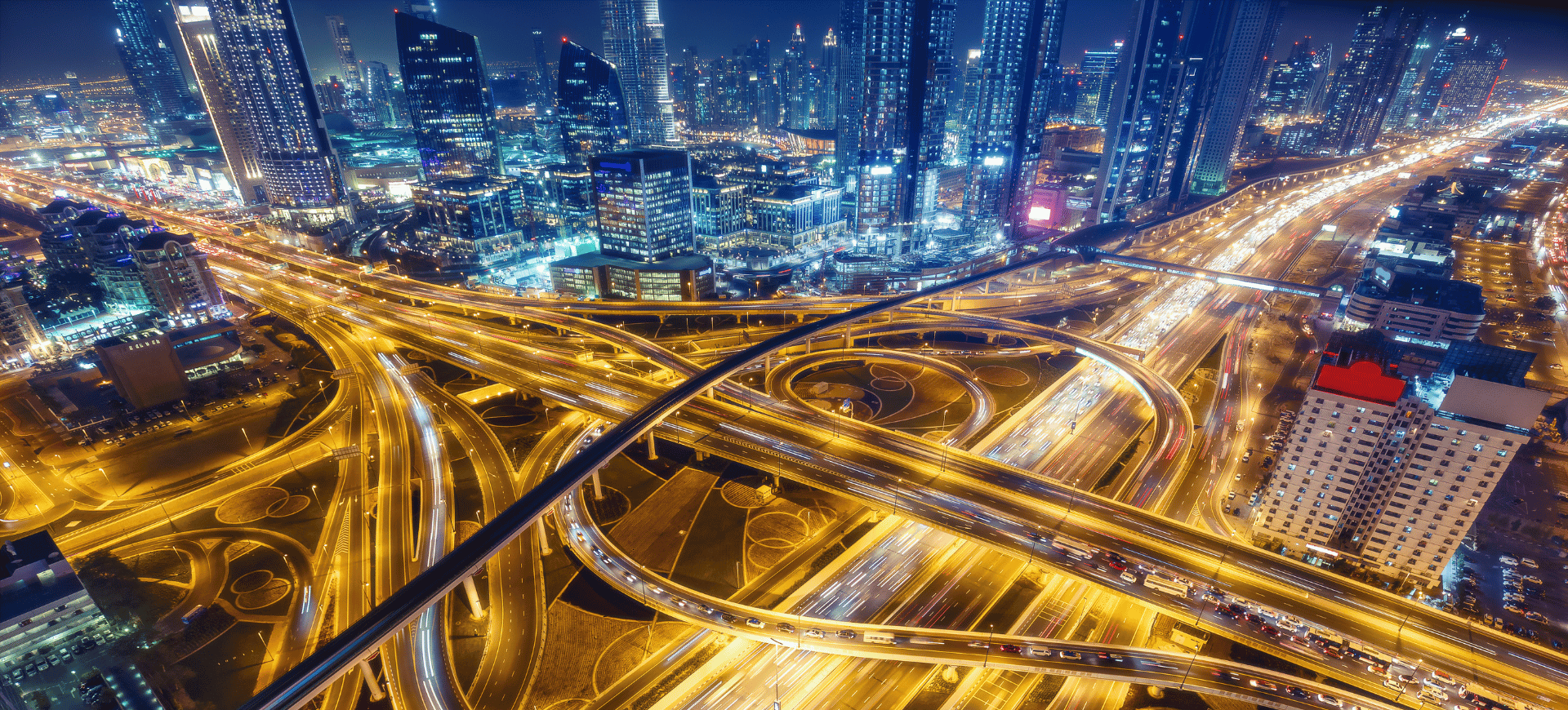Invest in the future and the present will look less bleak
Investment underpinned by sound policies and programmes can turn around even the worst situations and transform lives – and, with support, the world’s most vulnerable countries can realise their potential
The world has a grave problem. After decades of closing the global income gap, the poorest countries are once again getting relatively poorer.
All 193 member states of the United Nations, including the G7 countries, have committed to achieving the Sustainable Development Goals by 2030, including the first SDG to end poverty, and the second, to end hunger. But progress has long been lagging – even before crises such as Covid-19 and the wars in Ukraine and Gaza disrupted geopolitics and the global economy.
G7 leaders meeting in Apulia have an opportunity to get back on track with progress on ending poverty and hunger. The need is urgent. Not just because freedom from hunger and poverty are fundamental human rights, but also because they drive inequality, fragility and instability.
If wealthier countries skimp on poverty prevention now, they risk spending vastly more on emergency aid later. Decades of experience show that every dollar invested in resilience now saves up to $10 in emergency aid in the future. The more sensible, humane and fiscally responsible choice is to invest now in the world’s poorest countries – home to 1.9 billion people, or about 25% of humanity – so that their young populations can reach their potential.
What’s the evidence?
An April report from the World Bank gives some sobering numbers. One-third of the world’s 75 most vulnerable countries are getting poorer. And half are seeing their income gap with advanced economies widen. This reverses decades of progress.
Half the world’s poorest countries are in sub-Saharan Africa. In 31 of them, average annual income is below $1,315. And 33 are experiencing conflict.
Hunger and malnutrition are disproportionately present in vulnerable countries. And the cost of climate disasters has doubled over the past decades in the poorest countries, cutting their average gross domestic product by 1.3% a year. This is four times the impact on other emerging economies.
Can we turn things around?
Yes. Geography is not destiny. Investment underpinned by sound policies and programmes can turn around even the worst situations and transform lives. China and India are now burgeoning economies. They used to be among the world’s most vulnerable.
There is potential for many more success stories. Many of today’s most vulnerable countries have young populations, rich natural resources and abundant sunshine for solar generation. Inclusive, sustainable and resilient growth is within their grasp. With better policies, stronger institutions, knowledge and, above all, investment, they could realise that potential, instead of spiralling further into poverty, fragility and conflict.
There is solid evidence that GDP growth generated by agriculture is more than twice as effective in reducing poverty than growth in any other sector. And successful agriculture can also limit conflict. An assessment of IFAD-backed projects by researchers at Cornell and La Sapienza universities found that in Ethiopia, for example, every 1% increase in farm output reduced conflict by 3%.
What should we invest in?
The vast majority of the world’s poorest people live in the rural areas of developing countries. Most depend on small farms for their food and income. And around half of the world’s food is grown on
plots of less than five hectares.
The production of small farms is vital for nourishing humanity today, and in the years ahead. Rural communities also help preserve the world’s richest sources of biodiversity, including insect and animal life – and essential natural resources such as water and forests.
For societies to be resilient, they must provide sufficient and affordable food for all communities – no matter how remote – and to all people. To end poverty and hunger we need to invest in small-scale farmers, ensuring they have climate-resilient infrastructure, seeds, technology, knowledge and finance to sustain output and supply local and national markets.
IFAD is an international financial institution and a UN agency. Its mission is to end rural poverty by providing grants and low-interest loans to development projects that create the conditions for poor rural women and men to grow and sell more food, increase their incomes and determine the direction of their own lives. IFAD prioritises those most in need, but it also focuses on strengthening food systems in vulnerable contexts.
In recent years, G7 members have stepped up to support IFAD at historic levels. IFAD aims to boost the prosperity and resilience of more than 100 million people in the period 2025–2027. We plan to deliver this through collaborating with other multilateral institutions, member states, the private sector and rural people themselves.
Turning crisis into opportunity
By jointly investing to build inclusive prosperity we can reduce poverty, improve nutrition and also dampen potential sources of conflict. I urge all states, including G7 members, to embrace investment in rural areas, in small-scale farmers and in food systems that are inclusive and sustainable – economically, socially and environmentally. Through such investment, we believe that an end to poverty and hunger can once more be within sight, and that a more just and peaceful world is possible.












